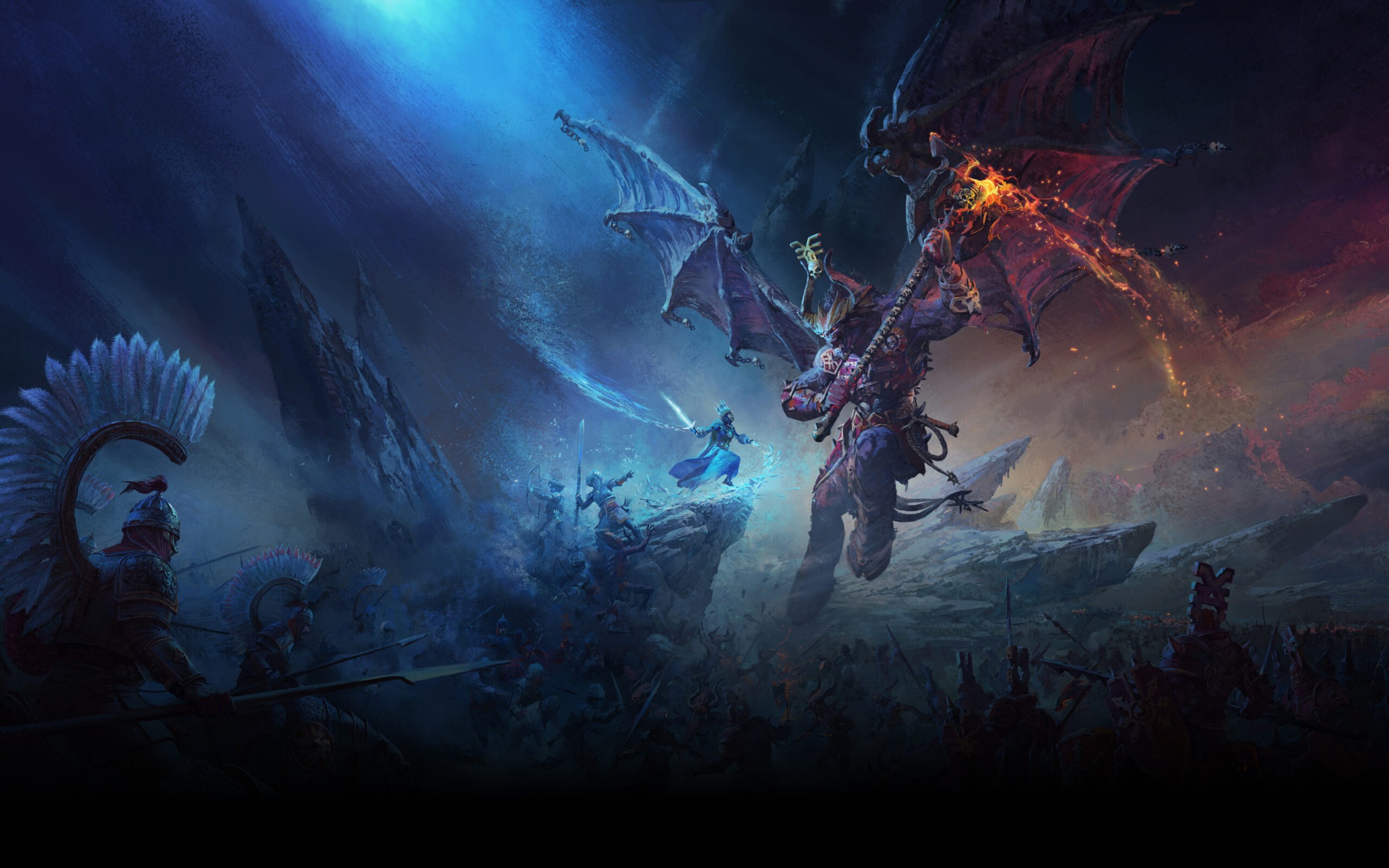

These maps typically have a much more elaborate layout than the straight line of survival battles, with bridges and underpasses, plenty of elevation, and loads of places to create chokepoints. Siege battles and the returning minor settlement fights also get these fortifications. While the survival battles start to lose their lustre after a campaign or two, new modes are very welcome, and the experiment does have a pay-off. And even with Creative Assembly trying to create lanes, everything is just too big, too wide, and you never get that sense that you're manipulating the battlefield like you do in dedicated tower defence affairs. Think they'd be more effective elsewhere? Tough. You get access to four types of towers and walls, and a few specific locations where you're allowed to build them. Sure, the vast scale of them continues to impress me-they throw weaker troops at you but in greater numbers to create the series' largest battles-but the tower defence elements are a bit on the thin side. There aren't any fortifications, but you can bring in reinforcements. In multiplayer battles, there's a brand new mode that borrows elements from survival battles-which are singleplayer-only-letting you and your opponents fight over objectives to score points. There's simultaneous movement for armies now, too, so the pace is brisk. To keep these campaigns from getting bogged down, turn-time limits can be enabled, as can simultaneous turns. The first two are for up to eight players, while the Kislev campaign is for three. There's the multiplayer version of the Realm of Chaos campaign, and then historical campaigns set in Cathay and Kislev. Three multiplayer campaigns are available. The wave-based assaults and tower defence elements, which let you spend resources earned in battle on various walls and towers-as well as reinforcements-give these battles such a different feel that I immediately found them compelling, but by my second campaign I started to see past the novelty.

The same goes for the survival battle at the end of each of them. It has diminishing returns, however, and now that I'm more familiar with the Realm of Chaos, privy to its nasty bag of tricks, I sometimes resent dragging myself back there when I could be gobbling up settlements and wiping out other factions, putting it at odds with the sandbox. It's by far the most unusual and involved campaign Creative Assembly has ever designed, and all this novelty made my first playthrough a treat. I got the soul, but the war against Nurgle lasted for a long time. This wasn't the last soul either of us needed, so I could have let my pal win this round, but did I really treasure our friendship that much? It turns out I did not. But when we both entered Slaanesh's realm, and it looked like Nurgle's lot were going to beat me to the final battle, I had to make a difficult decision. In my first campaign, I was good friends with Nurgle's faction. But doing this also creates new wrinkles. That was one of my biggest concerns before the review: how do you win if you're behind? Beat up your opponents is a nice, straightforward answer, and very Total War.


 0 kommentar(er)
0 kommentar(er)
